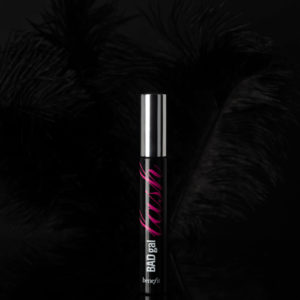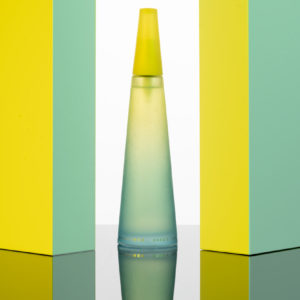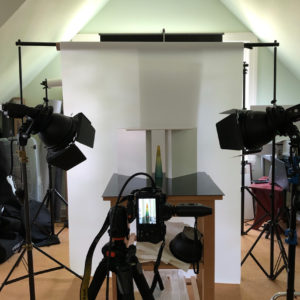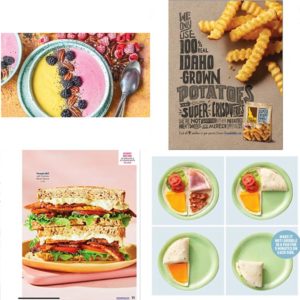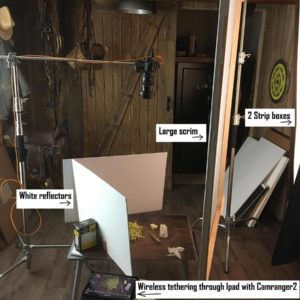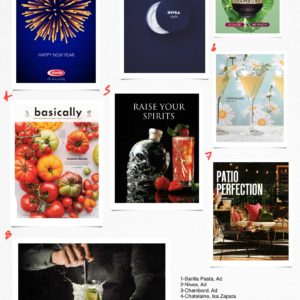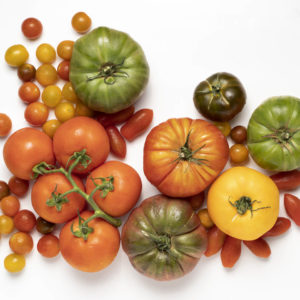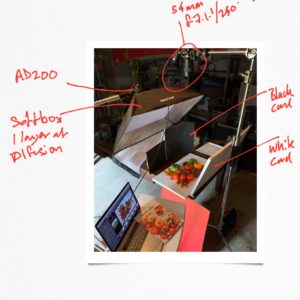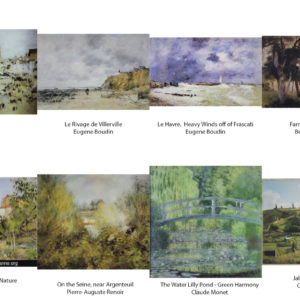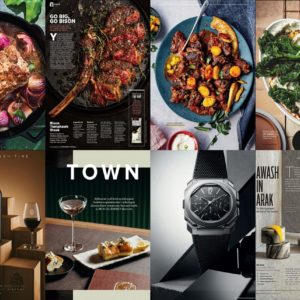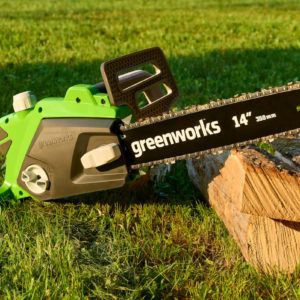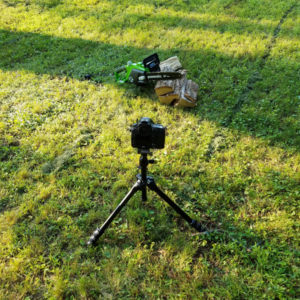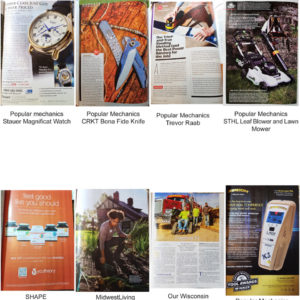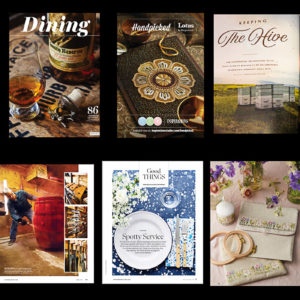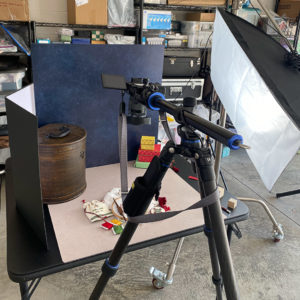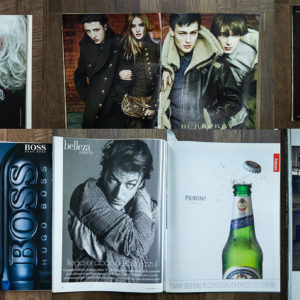SUMMER 2021: 3: ASSIGNMENT THREE: TEAR SHEET BOOK AND IMAGE
THE ONE WHERE WE BUILD A TOOL FOR INSPIRATION ; DUE JULY 20A LITTLE SOMETHING TO HELP US PLAN
We are going to start our business planning, but not in the dry “business school” sort of way. We aren’t in business school – we are photographers.
Planning our business means that we have to also think about what we do as photographers. What do we shoot? Where do we shoot? What kind of subjects really gets us excited about shooting?
We will be doing a little of this and a little of that as we move through to the middle of the project. But for now we have to get our plans together and knowing what we want to do will be a big part of it.
Knowing what we don’t want to do is also very important. And knowing what we can do is even more important as we decide our first moves.
Make notes and work on your plan for overcoming the challenges, and begin to see yourself as an entity that is totally capable of making this happen. It is all about the choices we make and the ferocity in which we make them.
“Imitate. Assimilate. Innovate.” – Clark Terry, iconic jazz trumpet player.
The Tear-Sheet Project: First Pass.
Tear sheets are pages literally torn from magazines or periodicals or brochures. They are instrumental in helping us understand what we want to do, how we want to do it, and what our capabilities for doing it actually are.
For this first pass at the Tear-Sheet Project, I want you to keep your recent worksheets in mind. You know the challenges you have in the areas where you have them– and we all have challenges in some areas. (NOTE: If you had no challenges, there really isn’t any reason for you to simply go to New York or London and open a studio, right?) Of course, we all have challenges that we must meet and overcome in the ways that only we can.
The Tear-Sheet Project helps us define what we want to do. The worksheets remind of us of where we are. Yes, we will not be there forever, but we are now in the spot where we find ourselves today.
Assignment (Part A):
Pull eight tear sheets from recent publications. Make sure that they are image you would have loved to photograph: your ideal eight-image portfolio.
Requirements:
- They are current images
- They are something that you could photograph
- They are within your equipmen / capabilitiesie
- They are within your current budget to produce
- They are realistic as far as subject / location
Current Images:
Images taken within the last five years or so; not historical or iconic, just solid images used for editorial or advertising.
Something You Could Photograph:
space-walking, underwater shooting near the Titanic, or from the inside a tank in Afghanistan would be examples of things that are not going to happen. When I say “could,” I mean that you would have conceivable access to the subject.
Within Your Equipment Capabilities:
If you are a natural light shooter, showing celebrity shots with 20 strobes is a time waster, right? If you have minimal equipment, for now, you have to choose subjects for which your minimal equipment can be used. If you have more gear or are experienced in rental or using a buddy’s gear, then fine. Just be realistic for yourself and your own capability.
Within Your Current Budget to Produce:
Again, travel shots in Bangladesh may be a cool thing, but a mom or dad with a full-time gig and other obligations makes this a short-term challenge that only slows us down. If you wanted to do the shot you have torn out, you could reasonably do it within your financial situation.
Realistic as Far As Subject and Location:
If you live in rural Tennessee, putting shots of Lady GaGa on a cruise ship should probably be put into the second round of this exercise. For now, a country singer in a meadow with a cool prop could be a more realistic example.
Once you have your eight tear sheets, lay them down in 2 rows: four on top and four on the bottom. There is your first inkling of a portfolio right in front of you.
Remember what we said about how not having a road map means we don’t know where we are going and wouldn’t recognize it when we arrived?
Here is the beginning of that road map photographically. Here is the first look at what you want your book to look like. NOTE: “Book” is the term I use when describing our portfolio whether printed or online. It is a habit that I am not interested in breaking.
Looking at these eight pictures should give you a real sense of what needs to be done.
And stop thinking it is ”copying” or ”stealing” or any of that crap. We can’t steal these shots; we can’t even get the same subjects, locations, or crew to ”copy” the image.
And copying is NOT what we are doing here — we are seeking visual inspiration. A visual document of what we will look like when we get to our destination, albeit a first step.
These images will help us stay attuned to creating the kind of images we want to make. From this set of images we can start to see what interests us and what our own vision may aspire to be.
Make no mistake – this is a very difficult assignment. I am asking a lot from you. But that is the nature of art – it asks a lot of us.
An example: You are loving outdoor photography and are really excited about adventure as a genre. Cool. Try these:
Outdoor Photographer
Outside Magazine
Outdoor Life
Backpacker Magazine
American Hiking
Climbing Magazine
Rock and Ice Magazine
Yes. You can do this online if you cannot find the magazines themselves. I do not want individual images from photographers’ portfolios. I want you to cut or copy/paste the images that are being used by the magazine or website.
Caveat One: Sure, you may not want to buy some magazines and cut them up; but if you love this stuff anyway, why not splurge and get a couple issues.
Caveat Two: You can shoot the pages with your smart phone and get them into Photoshop for the collage. I don’t care about that.
Now for the details:
- If it is an editorial image, note the publication and the photographer’s name.
- If it is an advertisement, note the product that was being advertised as well as the publication it is i
I want you to take all eight images and scan or photograph them as a unit. Two rows of four images. This is the image that you will post for this assignment. A single collage of all eight images.
Please note in the description the information on the publication/shooter/product by row and image.
(Cautionary note: This is not a quick and dirty challenge here. It takes a while to really find those images that mean something to you — and that you really love – so do not wait for the last minute on this… get on it immediately. You may only find one shot every other day – and that is with a lot of looking.)
Assignment (Part B):
Shoot something using one of these images as the inspiration. Do not try to copy it, do not try to fake it, do not try to simulate it.
Use the image for inspiration and make an image that is similar.
Write a paragraph or two, no more, on what inspiration you got from the image you worked from and how the image you produced was different.
This is your opportunity to make an image that is very close to your style, and capabilities, and, hopefully, vision.
Now, you may say that you want to do the kind of work that you cannot do. “I want to shoot big product shots, but all I have is a camera and a couple of lenses and I use available light.”
Then you chose the wrong tear sheets. Choose from the position of knowledge. A camera and a lens or two is all you need for a lot of photography, and that is what you must concentrate onnow.
NOW.
You can always earn your way to bigger sets, more gear, and big crews if that is what you want. But for now, picking the wrong stuff – the stuff you simply cannot do – is a cop out. It is a dodge game. I’ve seen it far too often.
“I want to do a shot for my book… been seeing it in my head for a while now. Red Ferrari, tall lanky model, a lion on a leash, and all of it overlooking the Hollywood sign…”
Yeah – cool.
Except you don’t have access to a Ferrari, or a tall model, or a lion, and you live in Athens, GA.
So it becomes all too convenient to blame and whine about the circumstances putting the kibosh on our creativity.
It isn’t circumstances – it’s us. So to sum up:
For this assignment there are two parts:
Part A: The tear sheet assignment.
Part B: The shot from inspired by one of them.
TEARSHEETS BECOME A SWIPE FILE
“Swipe files” are images saved for the purpose of inspiration, education, research, and clarification.
Photographers have kept them for decades. I have one and have had more than a thousand photographs in them at one point.
When discussing a job with a client who cannot express what they want, a well-organized swipe file can be super helpful. Whether paper-based pulled from magazines or Pinterest boards, letting a client SHOW you what they mean is super convenient.
And it keeps you from strangling them with their socks… just sayin’.
This assignment as a PDF.
Also, this assignment is found as chapter three in the business book.
Wiki on Tearsheets.
An example of tearsheets.
PEPTALK #1
Discussion #2
THE PASSWORD TO THIS PAGE IS:
F1ndPh0t0N0w
For the next month work on module one and module two.
JULY 2021
HOW TO SAVE YOUR TEAR SHEET EXAMPLES AS A DIGITAL FILE:

